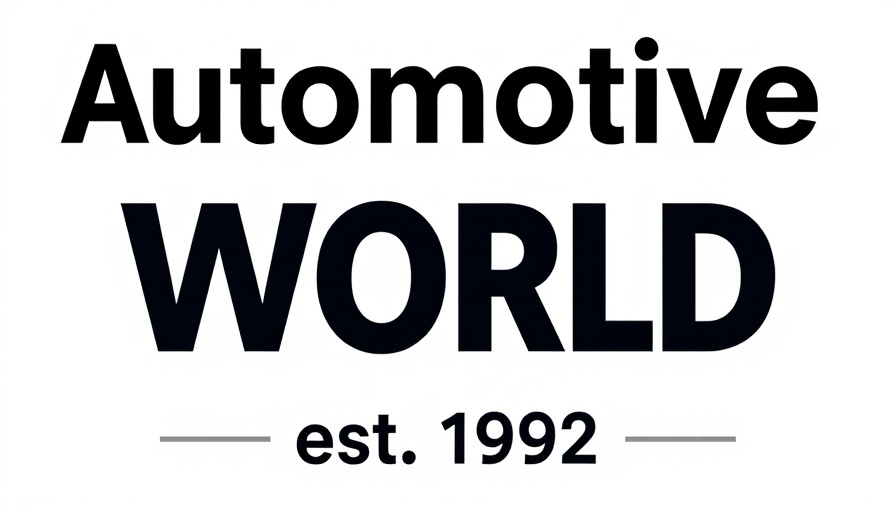
Impressive Sales Projection for 2024
The automotive industry is bracing for a robust year in 2024, with projections for the seasonally adjusted annual rate (SAAR) of light-vehicle sales reaching an impressive 15.8 million units. This figure not only surpasses previous forecasts but also signals strong confidence in market growth. Automotive experts had anticipated a lower SAAR, but the resilience and adaptability of the industry have played a pivotal role in exceeding these expectations.
December's Surge Sets the Tone
The momentum leading into 2024 is largely attributed to the surge in December light-vehicle sales, which are estimated at a whopping 16.5 million units. This remarkable uptick indicates consumer enthusiasm and the automotive market's capacity to recover and thrive despite past economic challenges. The current climate suggests that market conditions are ripe, with increasing consumer spending power and innovation-driven interest driving sales forward.
Future Predictions and Trends
Looking ahead, industry insiders anticipate continued growth driven by technological advancements such as electric vehicles and autonomous driving systems. Dealerships and manufacturers are expected to enhance their offerings, integrating more cutting-edge technologies that appeal to modern consumers. This trend not only boosts sales but also solidifies the industry's position as a key driver of technological innovation. As these trends unfold, stakeholders must prepare for shifts in consumer preferences and potential regulatory changes surrounding vehicle technology.
Relevance to Current Events
The timing of this sales projection aligns with broader economic indicators, including recent interest rate adjustments by the Federal Reserve. These fiscal strategies aim to maintain economic stability, indirectly benefiting the automotive industry by encouraging capital investments and consumer spending. As the global economy stabilizes, this favorable environment supports the automotive sector's growth and resilience, highlighting its significance in the broader economic landscape.
 Add Row
Add Row  Add
Add 




Write A Comment